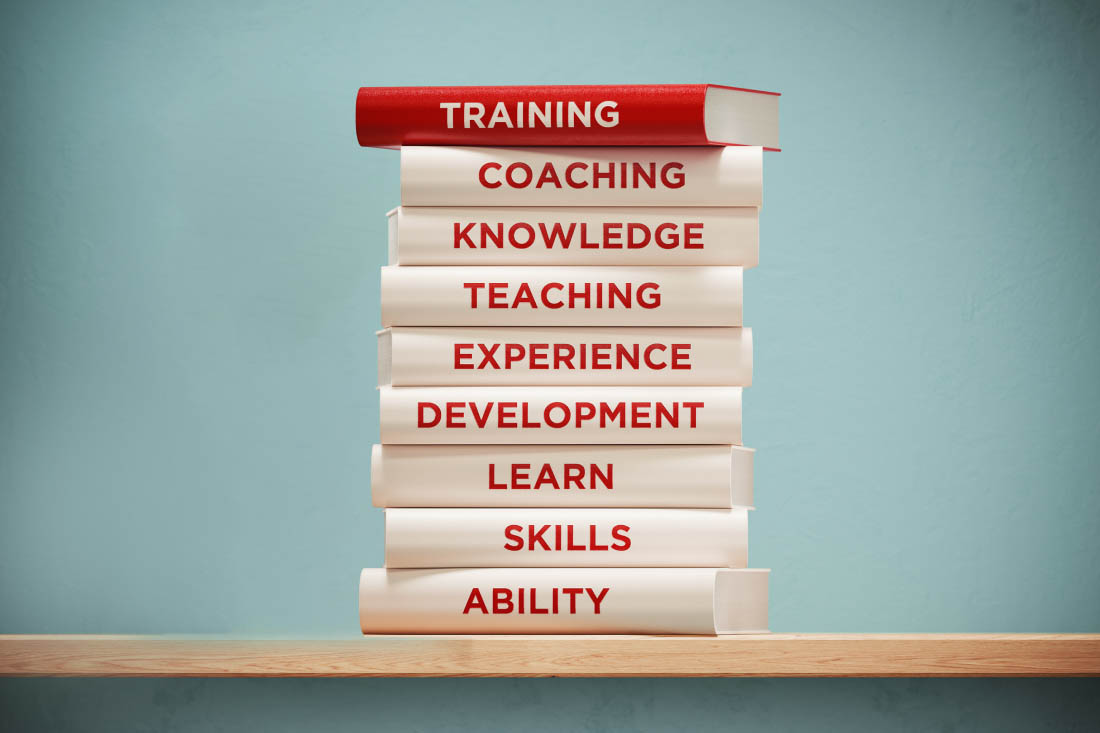You set goals. You met with the team. You prioritized and assigned tasks. But then the project deadline comes and goes — and you’re nowhere near where you thought you’d be.
Sound familiar? With teams at max capacity and engagement at an all-time low, productivity is a big challenge.
However, there’s a way to turn things around.
As a manager, it’s your job to ensure employees have everything they need to work as efficiently as possible. Productivity training makes it easy to do just that. Managers who invest in workplace productivity training programs open the door to better communication and higher performance. And it’s possible to start today by following a simple four-step program:
Ready to get started? Let’s dive right in.
The importance of workplace productivity training
If you want to maximize employee performance and achieve organizational goals, productivity training is a must. To understand the difference this type of training makes, consider these findings:
- Failing to improve your productivity directly impacts business value. According to Deloitte, more than 50% of executives say falling short of business productivity goals results in slower business and declining valuations.
- Low productivity is a significant risk factor for business sustainability. One study found a direct correlation between low productivity and business failure, especially in the service and manufacturing industries.
Teams often face confusion over what it means to be productive. More than 80% of surveyed employees suffer from “productivity anxiety.” No matter how much they accomplish, they feel there’s always more to do — and eventually suffer from overwhelm and burnout.
As a manager, you set the tone for what it means to be productive at work. With productivity training, you equip employees with the skills they need to perform tasks efficiently while promoting work-life balance and a culture of well-being. This not only aids in immediate results but also contributes to long-term growth by nurturing personal and professional development.
Workplace productivity training benefits
Workplace productivity training offers several significant benefits. The right training programs allow you to:
- Improve employee skills: Trained employees are more equipped to tackle responsibilities and solve problems. This not only boosts individual performance but also contributes to overall agility, enabling teams to respond swiftly to market changes and customer demands.
- Increase morale: When you demonstrate a commitment to employees’ professional growth, people are more engaged. As they gain confidence in their abilities through training, they’re more likely to take initiative and contribute innovative ideas.
- Promote teamwork: As employees learn new communication techniques and problem-solving skills, the team becomes more cohesive. This collaborative spirit not only enhances the quality of work but also strengthens interpersonal relationships, leading to a more harmonious workplace where everyone feels valued and empowered to contribute their best.
- Improve time management: When your productivity course includes tools to help team members prioritize tasks and meet deadlines, the entire organization benefits. With the right approach, you also reduce your risk of time cost — the indirect costs incurred when an activity takes longer than expected.
- Boost customer satisfaction: The more productive your employees are, the better the customer service. Productive employees solve problems faster and understand customer needs on a deeper level.
Step-by-step guide to creating a successful productivity training program
Managers aren’t just facilitators of productivity training. You’re vital to success. But what does an effective productivity program look like? Let’s walk through the four essential steps now.
Step 1: Prepare
Preparation is crucial. Before diving in, take time to understand the specific needs of your employees. Gaining a keen understanding of team members’ strengths and weaknesses helps ensure you design a relevant and impactful training curriculum
Start by identifying training needs. Conduct surveys, interviews or performance appraisals to gather data about the skills and competencies your employees need to develop. Engaging employees in this process provides valuable insights, since they offer firsthand knowledge of the challenges they face. Once you’ve identified training needs, prioritize them based on their impact on overall business goals. This ensures you address the most critical areas first.
Next, focus on setting priorities. For example, if your team is responsible for meeting specific sales targets, focus on the activities that get you closer to your goals. So if sales professionals spend more time on manual tasks than they do on sales calls, put automation software training at the top of your list.
Setting goals that are both clear and achievable set the stage for success from day one.
Step 2: Research
Yes, it’s important to get productivity training right, but that doesn’t mean you have to start from scratch. From courses to maximize personal productivity to instructor-led online programs, existing options abound. All you have to do is find the right one for your team.
First, look at the list of priorities you set in step one. Then look for programs most likely to meet your specific needs, whether that means investing in online professional development courses or bringing a trainer in-house.
As you whittle down your list, look for programs with a track record of success. Examine case studies and success stories from other companies in your industry or niche. Look for measurable results. Compare program costs to expected ROI. And most importantly, ensure each option closely matches your teams’ specific needs.
Step 3: Implement
Once you’ve set your priorities and completed your research, it’s time to put your program in place. This is when you take steps to ensure training goes smoothly and sets the stage for your desired results.
Successful implementation starts with clear communication. Let your team know why you’re conducting workplace training, what you expect from them and how it will benefit them. In addition, set a schedule — this is critical for participation. Consider employee availability to minimize disruption, and offer multiple sessions to accommodate different workloads and promote inclusivity.
Once your schedule is set, focus on encouraging participation. Create a welcoming atmosphere. Encourage questions. Make it comfortable for people to engage in discussions. This creates a supportive environment where employees are primed to learn. Better yet, lead by example. When you embrace the principles taught during training and demonstrate a commitment to ongoing productivity enhancements, you instill a sense of accountability. By sharing your own experiences and challenges as a manager, you create an open dialogue and encourage employees to engage with the training material more deeply.
Step 4: Evaluate
Assessing the impact of your productivity training program is essential. This means collecting feedback and analyzing data to inform and refine future training.
Start by assessing employee performance post-training. This will quickly tell you how effectively employees are integrating new skills into their roles, and how their productivity levels change. Measure before-and-after productivity KPIs such as:
- Goals achieved
- Projects completed
- Revenue per employee
- Task completion rates
- Average productivity rates
Comparing productivity metrics before and after your training provides tangible evidence of the training’s success, helping to justify future investment in similar programs.
Next, gather feedback for future training sessions. How do employees feel about the training content? Was it delivered in an easy-to-consume way? Was it relevant to their roles? Collecting this feedback through surveys or interviews is key.
Transform your team with ActivTrak’s data-driven productivity insights
Productivity training is a great way to boost morale, improve employee skills and reach goals faster. Creating a successful program is as simple as following the four steps outlined above:
- Prepare by gaining an understanding of your teams' specific needs
- Research existing programs to find the best fit for your niche
- Ensure successful implementation by setting expectations and making it easy to attend
- Evaluate program success with measurable KPIs and employee feedback
Looking for a tool to get started today? ActivTrak’s productivity monitoring software is the way to go. This solution collects and measures daily activity for you, making it easy to evaluate productivity levels at a glance.
In fact, more than 9,500 organizations use ActivTraj to gain real-time insights into both individual and team productivity. Get started today with your free account.


